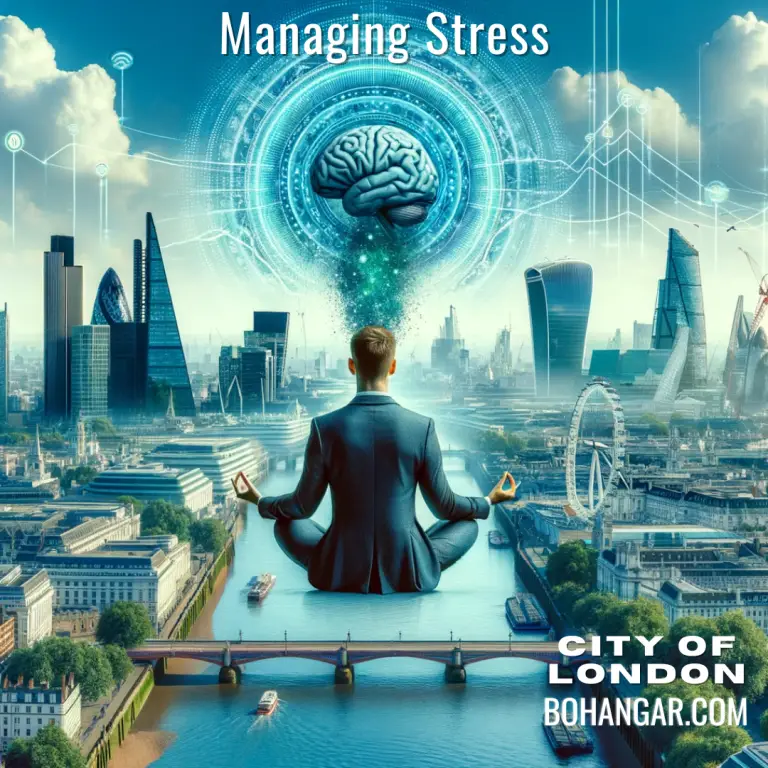One cornerstone of the Thatcher government was far-reaching Trade Union reforms, the battle lines were being drawn between the free market economic model and the workforce protection of the Trade Union movement. The free marketeers pointed to the 1970s as a decade of strikes and discontent, the 3 day week, the car industry was more on strike than not. By the 1980s the world was changing, Globalisation was already making inroads from the far east, and Made in England and Made in Germany stickers on goods were disappearing from the shelves. British Manufacturing was in the crosshairs of the rest of the world.
The Union of Mineworkers (NUM)
The Union of Mineworkers (NUM) was founded in 1945 and quickly became a powerful force in the British labor movement. In the 1970s, the union became embroiled in a bitter and protracted struggle with the government over the future of the coal industry. The conflict culminated in the miners’ strike of 1984-1985, which was one of the most significant industrial disputes in British history.
“The most bitter industrial dispute in British history”
In 1984, the National Union of Mineworkers (NUM) in the United Kingdom went on strike in an attempt to stop the Conservative government from closing down 20 coal mines, which it saw as uneconomic and outdated. This strike, which lasted for nearly a year, had a significant impact on the country as a whole, but its effects were felt most acutely in London.
The Miners Strike was an industrial action on a scale yet seen, it lasted for more than a year and was an attempt to shut down the British Coal industry to prevent the colliery closures. Arthur Scargill of the National Union of Mineworkers (NUM) was leading the strike against the National Coal Board, a Government agency.
The Miners Strike was the longest industrial strike action in history, it lasted from 1984 to 1985. Thatcher developed the government policy of defeating industrial action.
At the time, coal was the primary source of energy for electricity generation in the UK, and the strike led to a shortage of coal. This shortage meant that power stations had to reduce their output, which led to power cuts and rationing in London and other parts of the country. The government introduced a scheme called the “Three Day Week” to try and conserve electricity, which meant that businesses and public services could only operate for three days a week, causing significant disruption to daily life.
The strike also led to a rise in unemployment, as businesses that relied on the mining industry were forced to close or reduce their operations. Many miners also left their homes in search of work elsewhere, and this led to an increase in homelessness in London and other major cities.
In addition to these economic impacts, the strike also had a significant social impact. The miners’ strike was highly politicised, and it polarized the country along class lines. In London, there were many protests and demonstrations both in support of and against the strike, and these often turned violent. The police were also criticised for their handling of the strike, with accusations of brutality and bias against the miners.
The strike also had a significant impact on the mining communities in which the miners lived and worked, many of which suffered severe economic and social deprivation as a result of the closures.
3 key Thatcher policies to end the Miners Strike of 1984-85
- Build up ample coal stocks,
- Keep as many miners at work as possible
- Use the police to break up attacks by pickets on working miners.
Crucially, and probably the biggest factor of ending the miner’s strike was the technical issue that the NUM trade union had not held a national ballot in calling for the strike. This presented the NUM with a challenge, as some other trade unions did not back the strike.
The critical element was the NUM’s failure to hold a national strike ballot
The High Court ruled the Miners Strike illegal in September 1984 as they had held no National Ballot, Strike ended 6 months later 3rd March 1985
Arthur Scargill and the National Union of Miners (NUM)
Arthur Scargill ran (NUM) National Union of Miners at war with the National Coal Board NCB run by the Government. Thatcher wanted less disruption of the trade unions and wanted them to have less power and control. Coal mines were at risk of being shut down. The year-long strike was one of the biggest in history and the harshest industrial disputes to date.
Active picket lines, heavy police intervention. Thatcher’s government planned to keep as many miners working as possible and build up stocks and involve the police for those who work who were being subjected to backlash picketing. In the aftermath of the Miner’s Strike, they saw it as a victory for the Thatcher Government, but with the closure of virtually every Coal Mine, the impact on communities and miners was never less devasting. The economic model of coal mining on the British mainland was all but over.
4 facts of Britains Mining Industry
- 1 million worked in mining in the 1920s, and 2000 worked in mining in 2015
- In 1983 there were 174 working pits, producing around 128 million tonnes of coal a year
- Britain’s last deep mine closed in 2015, Kellingley Colliery
- Coal-fired Power fire stations in the UK will cease to exist by 2025
The Miners Strike and New Labour
One of the most notable consequences of the strike was the emergence of a new political force in British politics: the New Labour Party. The Labour Party, which had traditionally been closely aligned with the trade unions, was deeply divided over the strike. The party’s leader at the time, Neil Kinnock, initially supported the miners but eventually withdrew his support, a move that many on the left saw as a betrayal. This led to the formation of a new political movement, which was committed to modernising the Labour Party in a way to be electable at the ballot box.
The Miners Strike, the Movie
The 2014 film PRIDE takes place in the summer of 1984 and is based on a true story of Gay activists in London who went to support the Welsh Miners during this time. It is an upbeat empowering movie with another viewpoint of that era in time, based on some real characters who changed a part of history. Giving insight into two movements that may not have met had it not been for these extraordinary circumstances. Starring Bill Nighy, Imelda Staunton, and Dominic West, Written by Stephen Beresford, Directed by Matthew Warchus



